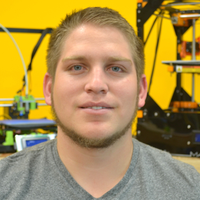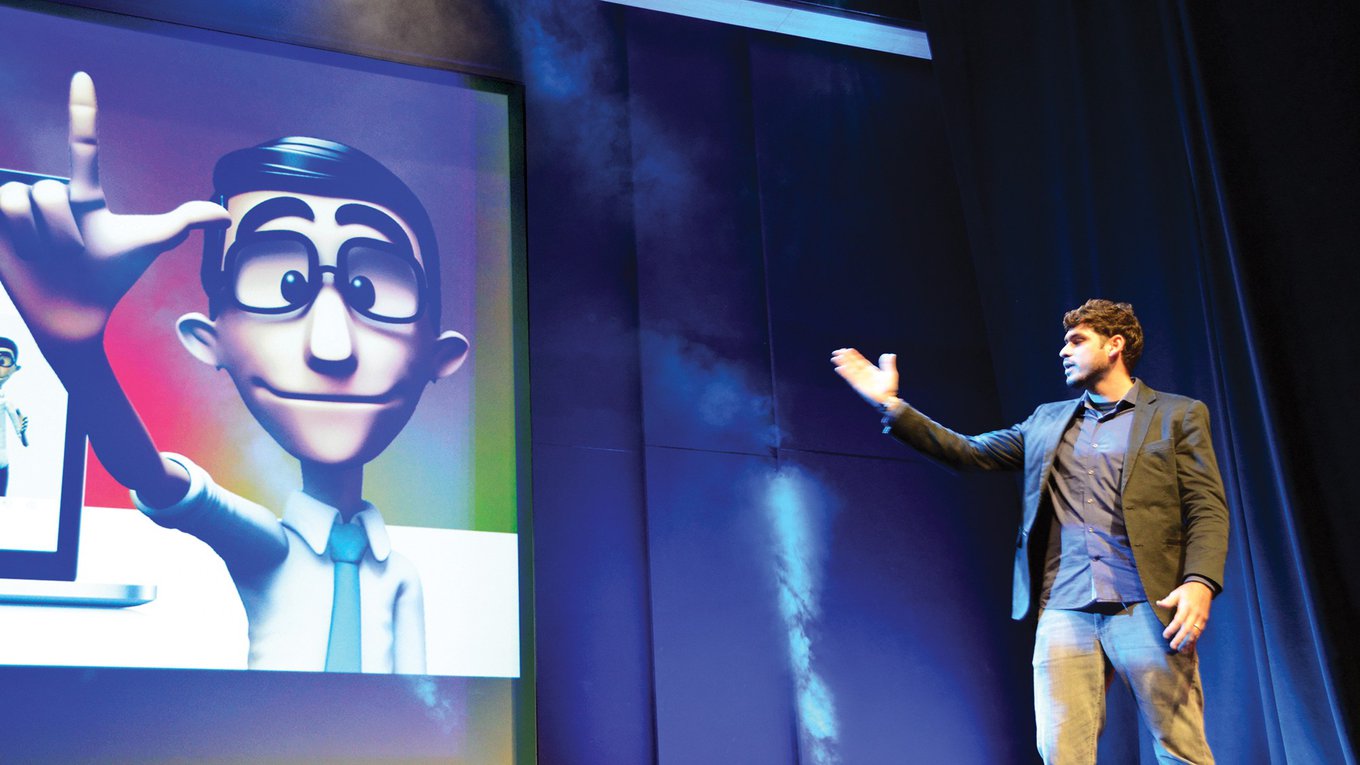Software
Ronaldo Tenório
A mobile app gives deaf people a sign-language interpreter they can take anywhere.
Photo courtesy of Ronaldo Tenório

Latin America
Daniel Pérez Rada
He has created the world´s largest database for the systematic review of health-related studies to assist physicians in decision-making

Latin America
Oscar Sanchez
His cloud-based call center helps companies to provide telephone-based support services through a simple web link

Latin America
Luis Pacheco
Demonstrating the potential of 3D printing with his software which teaches users to design their own models

Latin America
José Rivas
Anyone can create a bank account from their mobile phone without visiting the bank in person thanks to his platform
